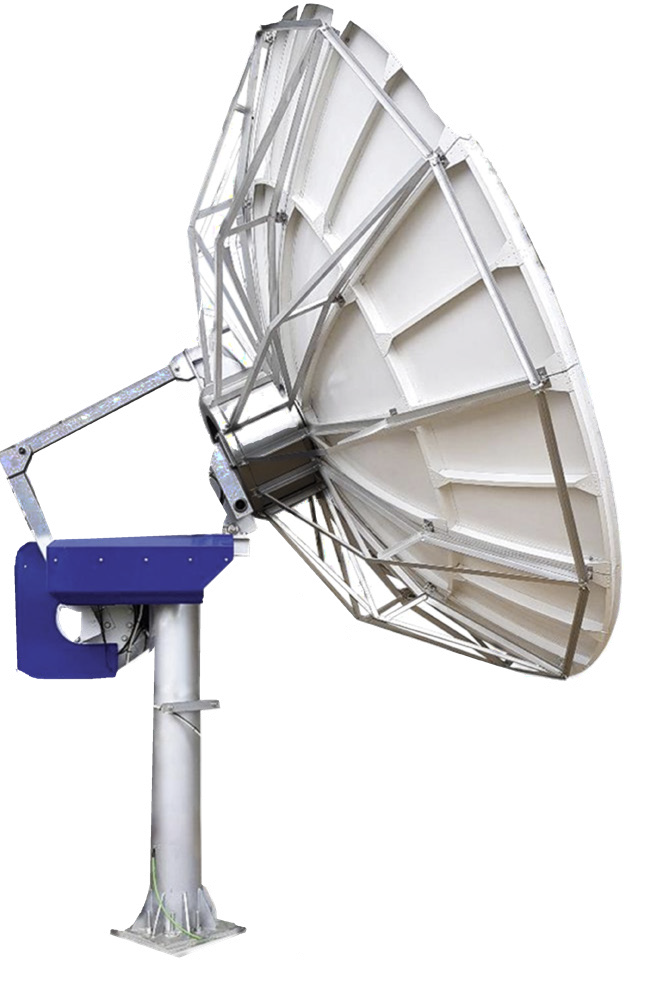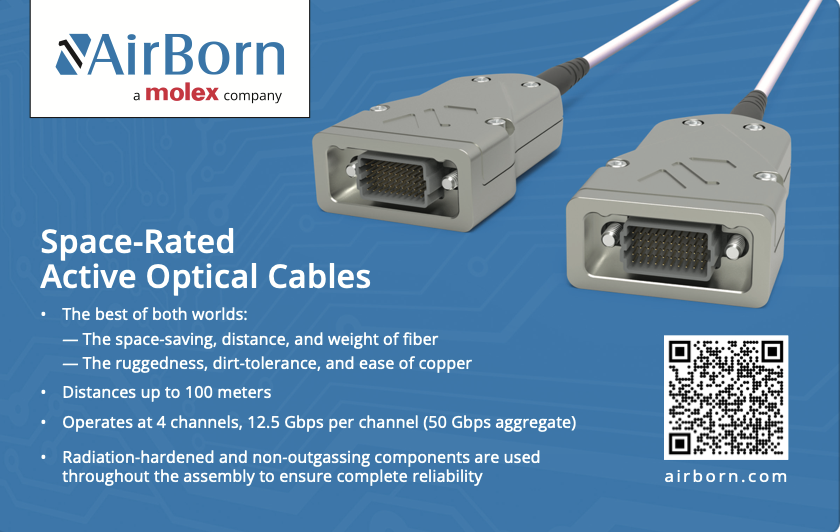Bob Potter, Chief Technical Officer, Global Invacom
Recent years have seen SATCOM broaden its capabilities, with the introduction of LEO and MEO delivering new capacities to an industry which was historically known for being effective at shifting data but limited by latency.

The rollout of satellites into new orbits has transformed how SATCOM can be used. Need low volume bursts of low latency connectivity? LEO is your answer. Need to shift a high volume of data but don’t worry about latency? GEO could be better suited. Sending higher volumes of time-sensitive data? MEO offers an efficient blend of both lower latency and better throughput. Need something highly reliable? Turn to GEO.
New orbits have strengthened the breadth of SATCOM, meaning that it can be adopted within a far wider range of use cases. In isolation, each of these orbits offer great capabilities which, for many, are more than suitable for their needs. Multi-orbit offerings are definitely gaining traction. Users with high resilience needs and complex capacity requirements are turning to services that can offer the benefits of LEO, MEO, and GEO. Multi-orbit strategies allow users to tap into the orbit they need—or even more than one orbit at once—at the correct point of their workflow.
Multi-orbit services provide continuous connectivity by enabling the switch to a satellite in a different orbit when required. As we see dependency on connectivity grow, the importance of this must not be underestimated.
Building resiliency within workflows is a crucial priority and one which customers are keen to invest in. By stitching orbits together, users benefit from the broad capabilities SATCOM offers while receiving the assurance of reliable networks and wide-ranging geographical coverage.
Depending on capacity needs, these networks offer the benefits of each orbit at the right point of the workflow. This opens up the full potential of SATCOM as one united whole, meaning that users truly benefit from the wide-ranging capabilities on offer. This is having a sizable impact on the ground segment.
Is the technology ready? And what changes are being made to facilitate this new offering?
_________________________________
The New Ground Segment
_________________________________
The revolution in orbit has already served the industry a fresh set of demands to networks on the ground. LEO in itself is a complex element, with its entire network technologically dynamic. With high numbers of satellites close to the ground, satellites have a narrow window within which they connect to any single antenna. This means they must be passed through a chain of ground-based antennas to ensure continuous coverage with the Earth. This has required the introduction of technology to serve these needs, with antennas having to offer tracking and switching capabilities.
By default, LEO is a dynamic network, bringing technical challenges and accuracy that is non-negotiable; networks with moving parts have historically been more susceptible to performance issues, such as RF interference (RFI). RFI has long been a foe of SATCOMs, with errant RF signals delivering a harsh reduction in throughput and disrupting services to both the offending terminal, as well as to those around it.
Introducing multi-orbit services to the ground segment is a continuation of this challenge. High quality multi-orbit equipment plays a fundamental role within successful ground networks. Antennas must be able to communicate with satellites in different orbits, to track them and to feature make-before-break capability in order to handover from one satellite to the next in a smooth manner.
___________________________________________________
Developing Virtualized Ground Networks
___________________________________________________
Beyond the multi-orbit RF challenges being managed at the ground segment, there lies another new frontier—virtualization, which elevates multi-orbit capabilities. This technology introduces agility into the workflow, with a software-defined approach that is easy to scale and adapt for operations, including a switch of orbit, depending on service requirements.
Scalable services have long been the dream for SATCOM users, offering flexibility and agility to systems. Historically, the ground segment has primarily been a hardware-based system, meaning that new equipment would be required for any changes to provision. Now, software-defined equipment delivers far more flexibility, allowing users to re-configure payloads adapting coverage, bandwidth and power to meet customer demands through a virtualized interface.
Virtualization also enables resilience. Users with mission critical dependency on SATCOM need reliability. The blend of virtualization and multi-orbit technologies provide this certainty, as it delivers the capacity required at any given moment.
Multi-orbit services provide wide-area coverage, with virtualized systems delivering the reassurance of being able to switch to a different satellite/orbit if a user were to experience downtime on their existing connection. This resilience is crucial in mission critical applications for defence and government.
Beyond the technical partnership behind multi-orbit services and virtualization, the way in which customers use SATCOM is changing. Customers expect the ground segment to fit within virtual workflows, with the cloud playing a key role in enabling this process.
The benefits of virtualization can be seen in a number of cases. Ground segments feeding directly into cloud workflows enables quick processing and the ability to access content remotely. Additionally, it enables data to be processed and fed into other applications from the source.
Virtualized SATCOM workflows are transforming the way in which it is used by customers, both in how operations are managed and how it feeds into end user pipelines. Underpinning all of this is a need for interoperability; virtualized systems must be able to interact with each other without compatibility issues. Sourcing high quality equipment that prioritizes service quality is crucial when sourcing ground equipment to maximize the performance and dependability of multi-orbit systems.
_________________________________________________________
High-Performance Equipment Drives Success
_________________________________________________________
As the ground segment shifts to accommodate multi-orbit offerings, having the correct equipment is critical to success.
RF management continues to be a priority, and high-quality equipment continues to be the most important safeguard against its effects. Accurate and ultra reliable equipment improves performance and reliability whilst reducing the risk and impact of RFI incidents.

As we see dynamic networks being deployed throughout the SATCOM ecosystem and workflow, accuracy will be the primary currency for success. The core of operational efficiency in SATCOM is the correct management of spectrum paired with redundancy and resilience built into networks.
Virtualization delivers another layer of this resilience, as well as flexibility and customisation. It provides the basis of multi-orbit networks, enabling switching between orbits as and when required. This means continuous, resilient coverage, wide-ranging service areas, cost-effective scalability, and tailored service provision based on throughput/latency requirements.
Interoperability remains an important consideration when building these networks, to ensure elasticity in service delivery.
Multi-orbit solutions offer SATCOM’s diverse capabilities to end-users—the success of these offerings hinges upon the quality of networks at the ground. High quality ground segment equipment is the key enabler that unlocks the resiliency and flexibility which is attracting end users to the multi-orbit landscape. The right infrastructure turns the potential of multi-orbit into end-user value.
globalinvacom.com


